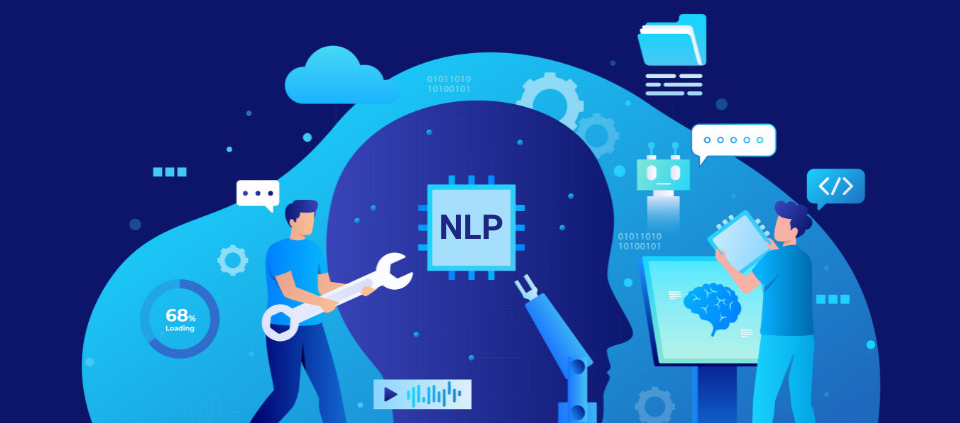How AI and NLP Are Revolutionizing Document Handling
In today’s fast-paced business world, organizations are overwhelmed by vast amounts of unstructured data, from invoices and contracts to emails and reports. Manually processing these documents is time-consuming, expensive, and prone to human error. However, a new era of efficiency is dawning, driven by the convergence of advanced technologies.
The Challenges of Traditional Document Management
Traditional document management systems rely on manual data entry and rule-based automation. This approach has significant limitations. Employees spend countless hours manually extracting data and classifying documents. This takes valuable time away from more strategic tasks. Manual data entry is also prone to mistakes, leading to costly errors and compliance issues. Furthermore, as the volume of documents grows, organizations must hire more staff to keep up, which increases operational costs.
The AI-Powered Solution
AI Document Processing leverages AI and ML to automate the entire document lifecycle, from intake to analysis. This enables businesses to handle paperwork with unprecedented speed, accuracy, and intelligence.
AI and Machine Learning in Action
AI and ML form the backbone of these modern solutions. They enable systems to “learn” from data and improve their performance over time. Machine Learning models can be trained to identify and extract specific information from both structured and unstructured documents. They can pull out key data, such as names, dates, and amounts, from invoices and forms. These systems also improve with experience; if a human corrects a misclassified document, the AI learns from that correction and becomes more accurate in the future.
The Role of Natural Language Processing (NLP)
Natural Language Processing is a specialized field of AI that gives machines the ability to understand, interpret, and generate human language. This capability truly unlocks the potential of unstructured text within documents.
How NLP Transforms Documents
- Semantic Understanding: Unlike basic keyword searches, NLP understands the context and meaning of words and sentences. It can analyze a legal contract and identify specific clauses, terms, and obligations.
- Document Summarization: NLP can automatically condense lengthy reports or articles into concise summaries, allowing professionals to quickly grasp the most important points.
- Entity Recognition: NLP can automatically identify and categorize key entities within a document, such as names of people, organizations, locations, and dates. This helps streamline data entry and data structuring.
Real-World Applications and Benefits
The synergy of these technologies is revolutionizing various industries by automating document-heavy workflows. In financial services, AI can automate invoice processing and loan application reviews. In healthcare, AI and NLP can help manage patient records and process insurance claims. Legal firms use AI Document Processing to review and analyze thousands of legal contracts in minutes.
By using these technologies, organizations can achieve significant benefits:
- Increased Efficiency: Automation accelerates workflows and frees up employees for higher-value work.
- Improved Accuracy: AI-powered systems consistently perform tasks with high precision, eliminating human error tools like an Instagram Post Generator ensure content is created quickly, accurately, and aligned with your brand voice.
- Cost Savings: Automating repetitive tasks reduces operational costs associated with manual labor.
- Enhanced Decision-Making: By extracting and analyzing insights from documents, businesses gain a deeper understanding of their operations and can make more informed decisions.


Leave a Reply
Want to join the discussion?Feel free to contribute!